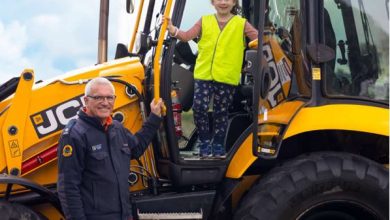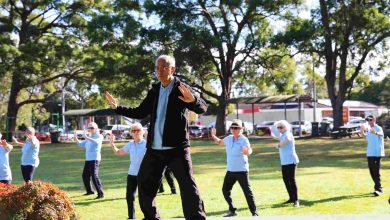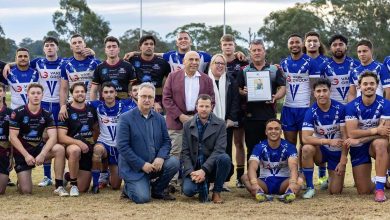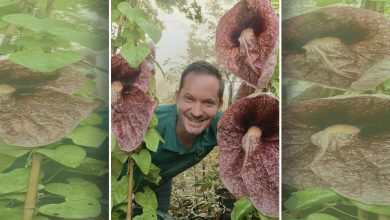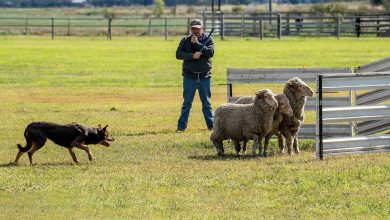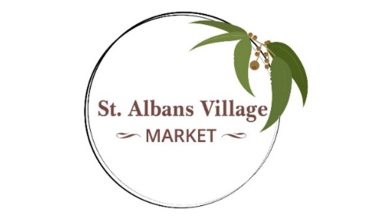Hills Council Votes Against Protecting Wildlife on Development Sites
At its meeting on October 11th, Council rejected a motion put forward by North Ward Councillor and Kenthurst resident Dr Mila Kasby that Council lobby the NSW State Government to:
• Introduce enforceable, consistent standards for the preparation of fauna management plans that includes the Code of Practice for handling native wildlife; and
• Develop these standards based on current best practice and animal welfare laws, in consultation with councils, National Parks and Wildlife Service, wildlife rescue organisations, Ecological Consultants Association of NSW Inc, and other relevant agencies.
Speaking at the meeting, Dr Kasby (a veterinarian) said Councillors would be complicit in turning a blind eye to the plight of native wildlife if they chose not to act.
“We have Australian Standards to deal with lots of other things on development sites – heritage, waste and soil contamination, for example. We have standards for how to fell a tree, but not for what happens to the animal in that tree,” Dr Kasby said.
“I’m a vet. My colleagues and I face the tragedy of injured fauna that come in, as a direct impact of land clearing. It’s an uphill battle trying to save injured wildlife and get them back to a state where they can survive if released.”
As a result, Dr Kasby said many injured fauna were euthanised.
It was local wildlife carers and vets concerned with the welfare of animals (some endangered) on the controversial Mirvac site at 55 Coonara Ave, West Pennant Hills, that had made the discovery that no existing standards existed.
The NSW State of the Environment Report (2021) notes that pressures affecting the largest number of threatened species in NSW were found to be native vegetation clearing and permanent habitat loss (87 per cent).
The NSW Biodiversity Outlook Report (2020) states that without effective management, 50 per cent of listed threatened species in NSW are likely to become extinct within 100 years.
Wildlife carer and Galston resident Katrina Emmett also spoke at the Hills Council meeting supporting the motion.
“Our native animals do not deserve to be buried alive, or mulched up, or crushed to death, or just moved and left to die slowly because Codes of Practice are not being applied and because a Fauna Management Plan is not a requirement,” Ms Emmett told the Councillors.

“Australia is a unique country and much of this wildlife lives nowhere else on earth. It’s our duty to ensure any impact we have on wildlife is minimised,” Ms Emmett told the Hills Councillors. But the speeches fell on deaf ears and the motion was lost.
In a similar motion last month, Hornsby Shire Council voted to lobby the NSW Government for “standards to ensure native wildlife found on development sites are given the best possible chance of survival” in a move that could put Council at the “forefront of protecting wildlife”.
The motion, submitted by Greens Councillor Tania Salitra, was passed at Council’s September meeting.
Councillor Salitra told the Galston, Glenorie & Hills Rural News that the introduction of standards would remove personal opinion and subjective analysis and provide “certainty and consistency in the assessment process for applicants and community”.
“Legislating standards for wildlife on development sites will provide certainty for all stakeholders – the applicants, ecologists, developers, wildlife carers and our community,” she said.[/vc_column_text][/vc_column][/vc_row]

